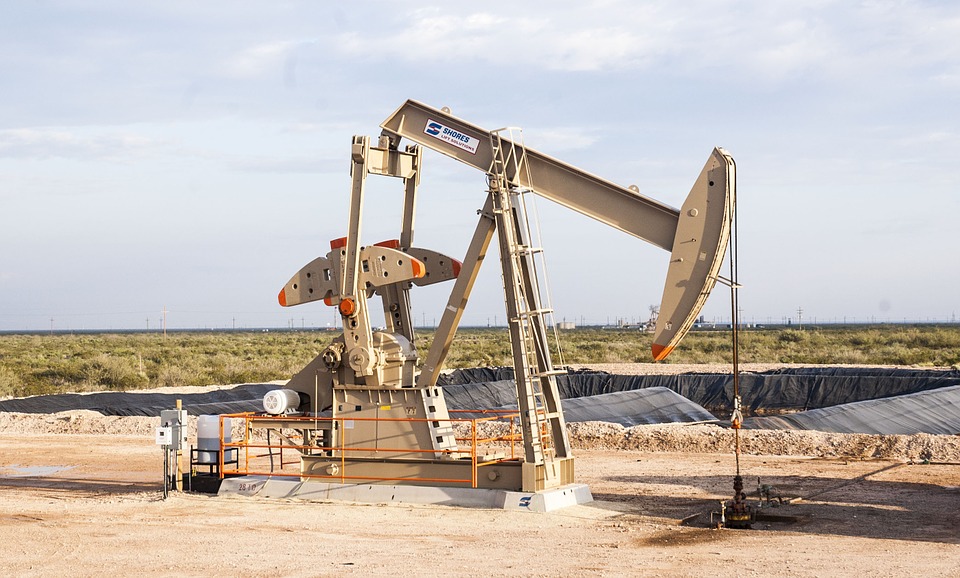Here are the effects of the pandemic on oil, gold, iron and wheat

What will happen to commodity prices? The deepening of the weekly Economist
The biggest commodity story of 2020 is a story of decline . When the coronavirus pandemic blocked travel, the price of oil fell off a precipice, only to briefly take a back seat: in April, a forward contract for West Texas Intermediate was worth less than nothing. Oil began to rise above $ 45 a barrel in November, buoyed by optimism about vaccines. For the other raw materials, however, 2020 was not so bad. Indeed, the year may have marked the beginning of an extraordinary rise – writes The Economist .
Gold surpassed $ 2,000 an ounce for the first time in August, as low interest rates made the precious metal a more attractive haven than government bonds. The value of other commodities has also risen, not only due to severe virus-induced blockages in April, but since early 2020, before the pandemic began (see graph). Commodity assets under management hit a record $ 640 billion in December, according to estimates by Citigroup, a bank, which represents an annual gain of nearly a quarter. By January 11 of this year, the S&P GSCI commodities index also reached the level of a year ago. The debate now is about how quickly oil prices will recover and how much other commodities can rise.
This in turn depends on whether the forces that pushed some commodities upwards in 2020 will continue into 2021 or be supplanted by even more powerful growth engines. China proved to be a voracious importer last year as it increased investment and replenished strategic stocks. The beneficiaries were iron ore and copper, used in steel and electrical projects, as well as soft commodities such as wheat, soy and pork. This coincided with a limited offer. The covid-19 outbreaks have led to the closure of some iron mines in Brazil. The scarce rains in South America, due to La Niña, have caused the price of wheat to rise.
This year it has already presented limited supply signals. On January 11, Argentina lifted its ban on corn exports, but imposed a cap. Russia plans to tax grain exports starting in mid-February. Large mines are still at risk of restrictions. Protests at the Las Bambas copper mine in Peru, for example, have fueled fears of a supply disruption.
Meanwhile, oil continued its timid recovery, alternately inflated by hopes for vaccines and depressed by news of further blockages. To raise prices, Saudi Arabia this month said it will limit production by an additional 1 million barrels per day in February and March.
Two important developments could provide further support. The spread of vaccines in the world's largest economies will eventually inspire an increase in travel and trade. And a large expenditure by an American democratic government would stimulate economic activity and therefore the consumption of raw materials. This could also weaken the dollar, which would make oil and other dollar-denominated commodities less expensive for buyers in emerging markets, raising demand and pushing commodity prices in turn higher.
Commodity bulls, led by Goldman Sachs' Jeff Currie argue that long-term trends will support prices over the next decade. “The pandemic itself is a structural catalyst for a commodity super cycle,” says Currie. In addition to a weaker dollar and the resulting push for commodities, the pandemic could have the effect of synchronizing activity in some of the world's largest economies.
The governments of America, Europe and China say they support green investments and efforts to reduce income gaps. Assistance to poor households has an oversized effect on consumption, Currie points out, who in turn supports commodity prices. And green investments in electric charging stations, for example, and wind farms are commodity-intensive. The early years of green spending can also support the demand for oil, through increased employment and economic activity. Goldman estimates that a $ 2 trillion stimulus over the next two years would increase demand for US oil by about 200,000 barrels per day, or 1%.
Skeptics expect more subdued growth. In the short term, Citigroup's Ed Morse points out, investor bets on copper are not supported by supply and consumption trends. The slim majority of Democrats in the Senate do not guarantee approval of President-elect Joe Biden's climate plan. “There is nothing on the demand side that is nearly as consumer-intensive as the first decade of the 21st century,” Morse says.
That previous super cycle was driven by urbanization, investment, and the rise of the middle class in emerging markets – and particularly China. Governments from Berlin to Beijing now declare they want to bring about a new kind of transformation. The price of commodities over the next decade largely depends on whether or not they do what they say.
(Extract from the press review of Eprcomunicazione )
This is a machine translation from Italian language of a post published on Start Magazine at the URL https://www.startmag.it/economia/prezzi-materie-prime-pandemia-superciclo/ on Sun, 17 Jan 2021 07:23:41 +0000.
